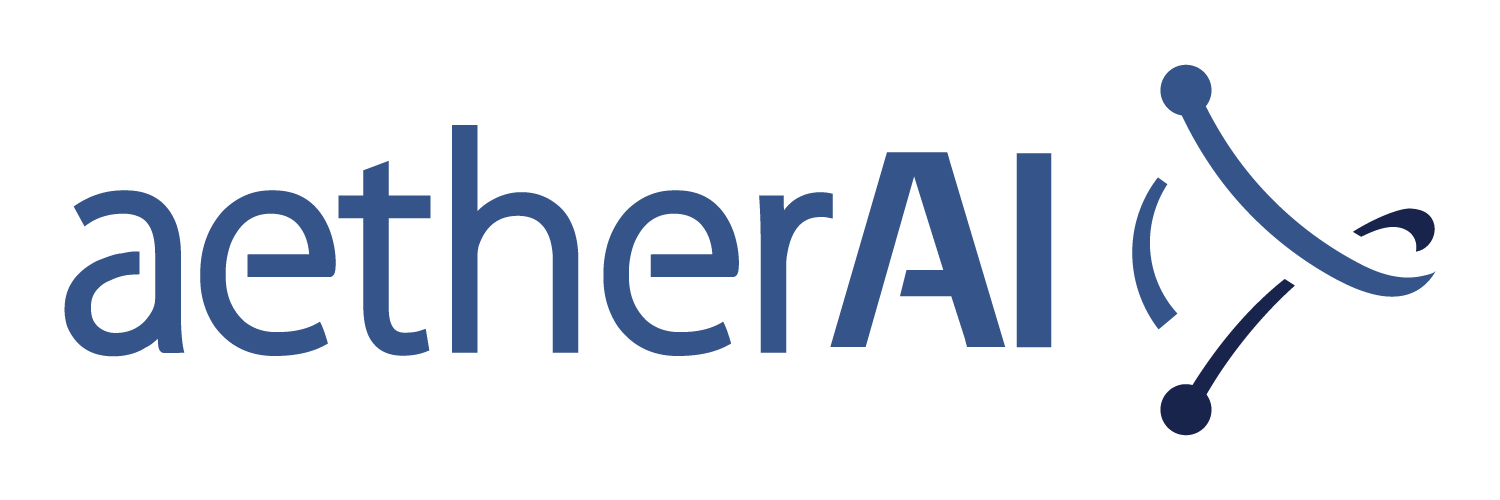Three reasons to use deep learning in digital pathology
Deep learning is highly flexible and scalable, it can learn features by itself, making it an extremely powerful tool for image analysis. The Aiforia Platform enables easy access to deep learning and the creation of AI models for the analysis of any histopathological image; allowing pathologists to speed up their work, make new discoveries, and work with consistency.
1.Improves accuracy and speed
For the first time ever, deep learning AI models are able to mimic humans in learning to recognize complex visual features in image data. However, DL is faster, often more accurate and can therefore surpass human capability. It can be deployed in a huge variety of applications, from object quantification to tissue classification based on morphology, and give accurate, quantitative information from biological samples. Pathologists can therefore now automate manual and time-consuming image analysis work.
In one application, an Aiforia deep learning AI model detected and counted all dopaminergic neurons in rodent brain substantia nigra in 5 seconds, compared to the normal 45 minutes with traditional methods. Furthermore, the speed with which this analysis was completed, did not hinder the accuracy, as this was comparable to the StereoInvestigator used previously in the lab.
2.Enables new discoveries
Deep learning not only can outperform humans in accuracy and speed, it can also find what the human eye sometimes cannot see on its own. Features that are either too small, heterogenous in their expression, or found in a huge quantity spread over a large area are easily recognizable by AI. The process of discovery can be enhanced, especially when considering the development of novel drug molecules, as deep learning excels at detecting subtle differences between study groups.
In one research project AI models were developed with Aiforia Create to enable a pathologist to quantify the number of liver cells positive for a specific biomarker indicating bile duct injury. Without Aiforia this task would have been nearly impossible, requiring multiple, highly-trained pathologists all detecting and quantifying cells in the exact same, uniform manner for several hours a day for many weeks.
3.Completes tasks consistently
Inter- and intra-observer subjectivity is a critical issue in image analysis across diagnostic settings, many research fields, and many sample types. Whether a specific feature is scored, can vary from one person to another, and even within the same pathologist from one day to the next. Deep learning AI however doesn’t have bad days, it doesn’t get tired, its performance and observation stays consistent. The AI models classify results and solve problems with concordance, always according to the ground truth they were given.
In one such application, Aiforia was deployed by pathologists at the pharmaceutical company Sanofi to count large quantities of Th+ neurons. Over 150,000 objects were detected in the samples for this one study. Not only was the process speedier than with traditional, manual methods but absolute consistency was achieved. The AI models analyzed and quantified each slide and section with the exact same ground truth in mind. Find out more about how Aiforia enabled this preclinical research.
Conclusion
Aiforia is a software platform allowing users to create their own deep learning AI models to automate the analysis of a variety of tasks in a variety of histopathological images, without any coding or hardware needed. Deep learning AI should be viewed as an assistant to the pathologist, not a replacement. A tireless, consistent, speedy assistant, here to help you discover more. Find out more about the Aiforia Platform here.
Read the full article
Source: Aiforia

































